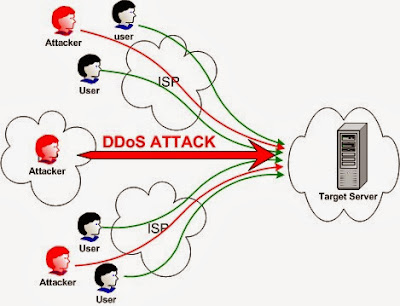
FIN a Gadget from RHL VISION with the slogan " Wear the World ". From a website Fin is a real life buddy for every individual to do their digital interactions as natural as possible. Fin is a trendy gadget you can wear on the thumb and make your whole palm as a digital touch interface.
From interacting with Rohil Dev a Founder/CEO of RHL Vision , said about FIN - :
We are using...

























